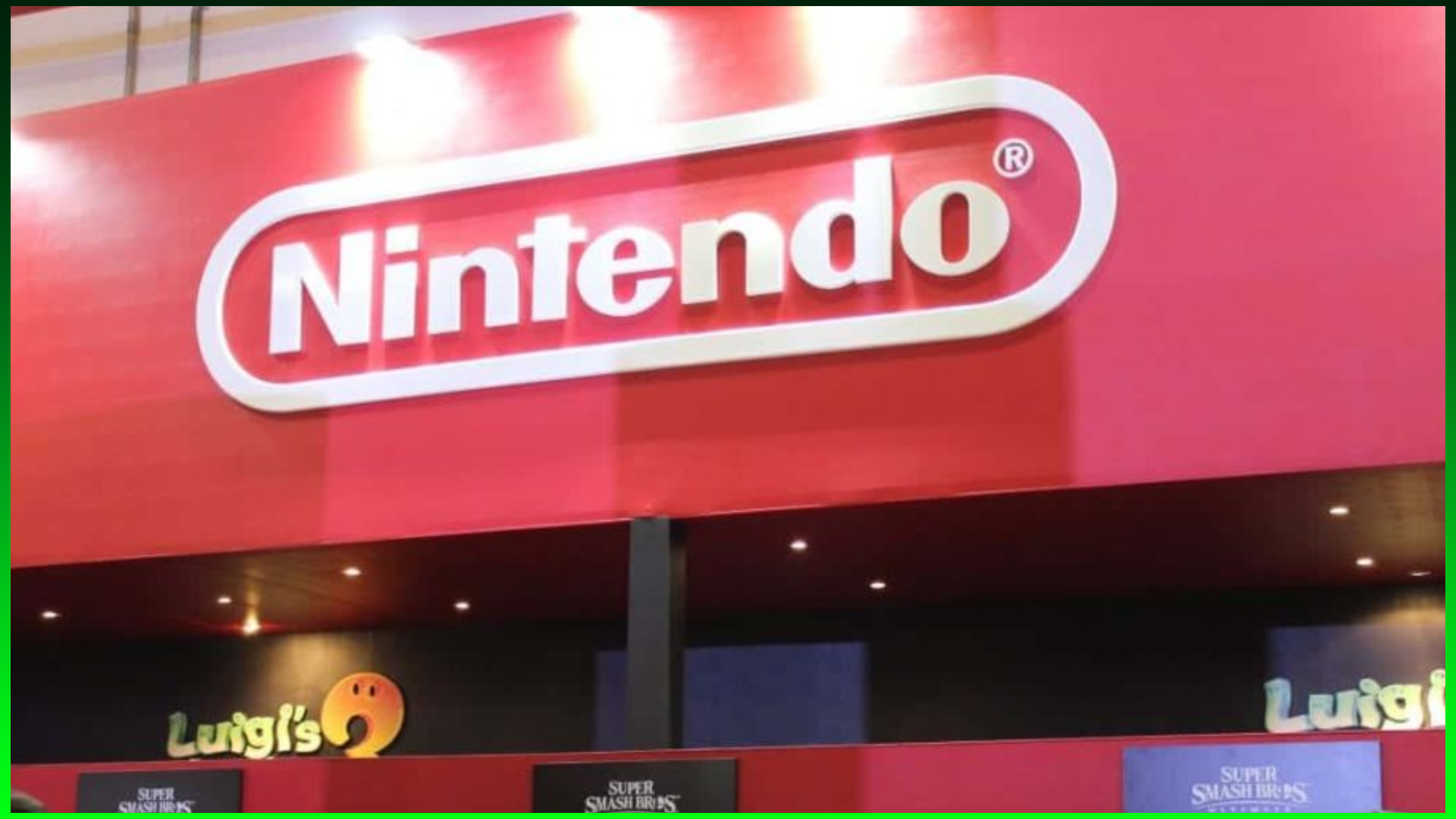Nintendo’s Q1 FY2026 earnings report dropped on August 1, 2025, and while the numbers show a company riding high on the momentum of the Switch 2, the announcement of price increases across legacy hardware and accessories has stirred up a storm among fans and analysts alike. Let’s break down the financials, the strategy, and what it all means for gamers and collectors.
Nintendo reported quarterly revenue of $1.46 billion, meeting expectations and signaling a strong start to FY2026. The standout performer? The Switch 2, which sold 5.82 million units since its launch on June 5, 2025. That’s a staggering figure for a console barely two months old, and it’s already reshaping Nintendo’s fiscal trajectory.
Key Financial Highlights:
- EPS (Earnings Per Share): $0.06, matching analyst expectations
- Annual Revenue (FY2025): $7.688 billion, down 33.35% from FY2024
- Net Income: $1.84 billion
- Projected FY2026 Revenue: $13.6 billion
Nintendo’s forward guidance suggests a bullish outlook, with projected earnings growth of 47.73% year-over-year. The company is banking heavily on the Switch 2’s continued success and a robust software pipeline.
In a move that surprised many, Nintendo announced price increases for its original Switch family of consoles and accessories, effective August 3, 2025. This includes:
| Product | Old Price | New Price |
|---|---|---|
| Switch Lite | $200 | $230 |
| Standard Switch | $300 | $340 |
| Switch OLED | $350 | $400 |
| Select Accessories | Varies | +$10–$30 |
| Switch 2 Accessories | Varies | +$10–$50 |
| Alarmo Clock & Amiibo | Varies | Increased |
Notably, the Switch 2 console ($450) and its games remain unchanged—for now.
Nintendo cited “market conditions”, but analysts point to tariff-related costs and inflationary pressures as the underlying drivers. With new import taxes ranging from 15% to 30% on Japanese and Chinese goods, the cost of manufacturing and shipping has risen sharply.
From a business standpoint, Nintendo’s strategy makes sense. The Switch 2 is flying off shelves, and the company is leveraging that momentum to offset declining legacy hardware sales. But from a consumer perspective—especially for those who value physical media and historical preservation—this feels like a gut punch.
Nintendo’s forecast of 15 million Switch 2 units sold this fiscal year may be conservative if current trends continue. However, the company has warned that further price adjustments may be necessary, hinting at potential hikes for Switch 2 products down the line.
Nintendo’s August 2025 report paints a picture of a company in transition—financially strong, but navigating a complex global market. The Switch 2 is a hit, but the price hikes on legacy products risk alienating longtime fans and collectors. As always, Nintendo walks a fine line between innovation and nostalgia. Whether it can maintain that balance in the face of economic pressures remains to be seen.
